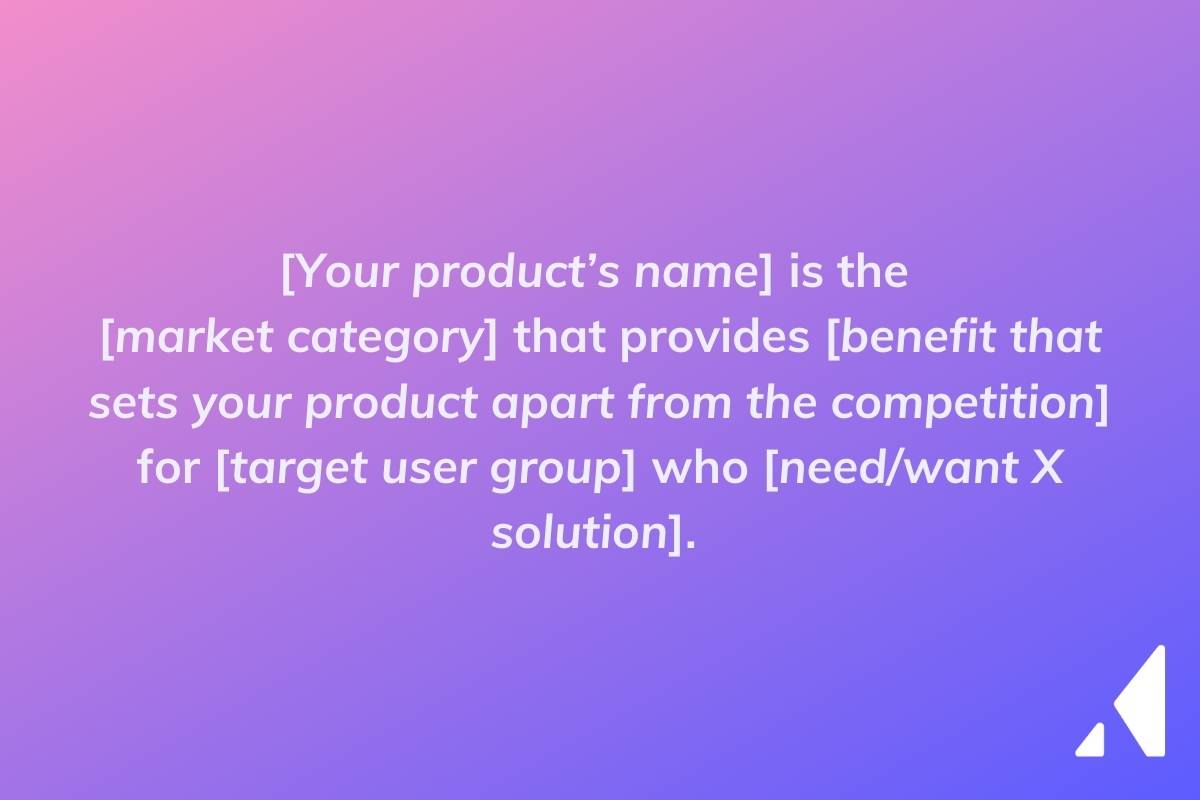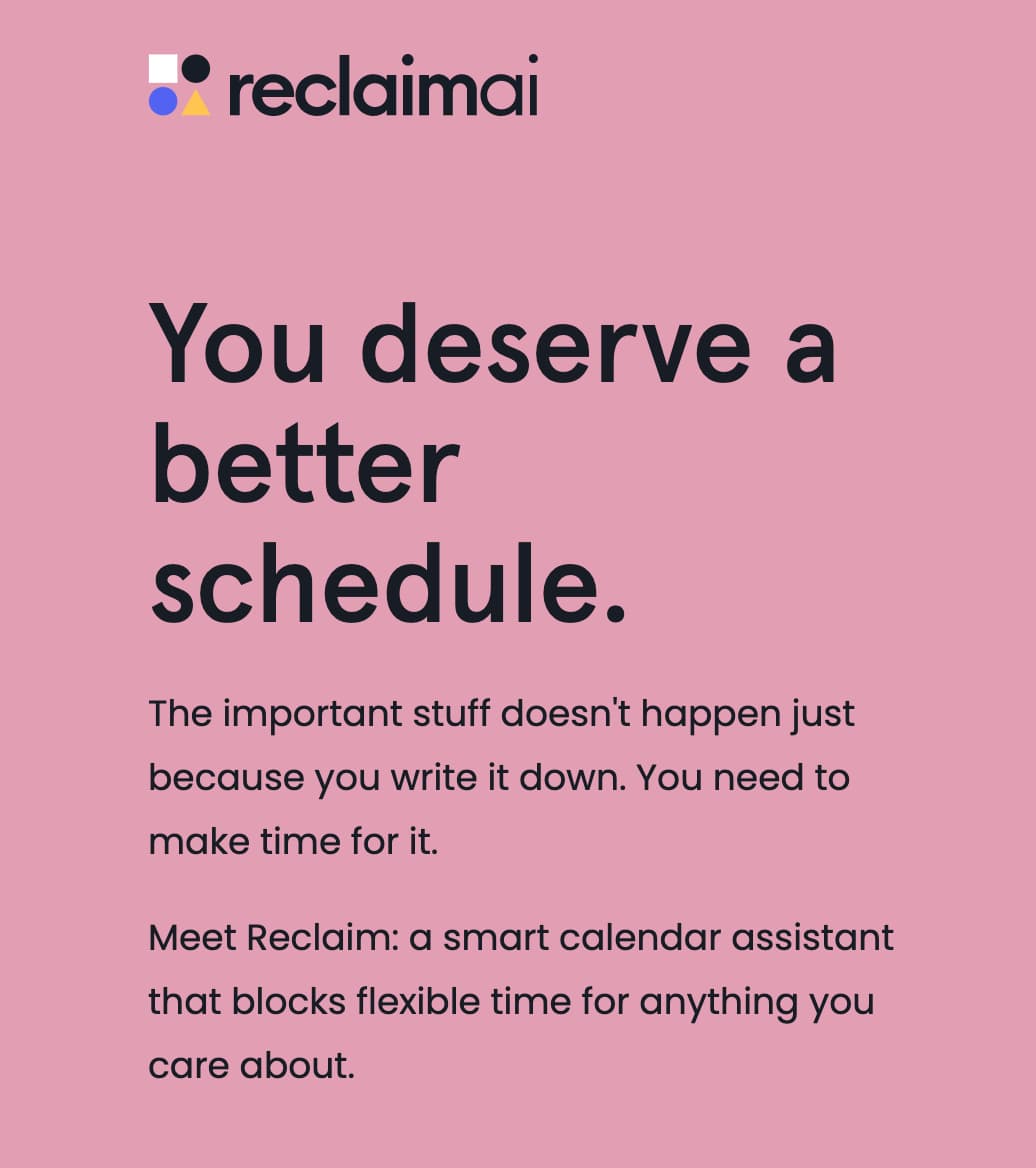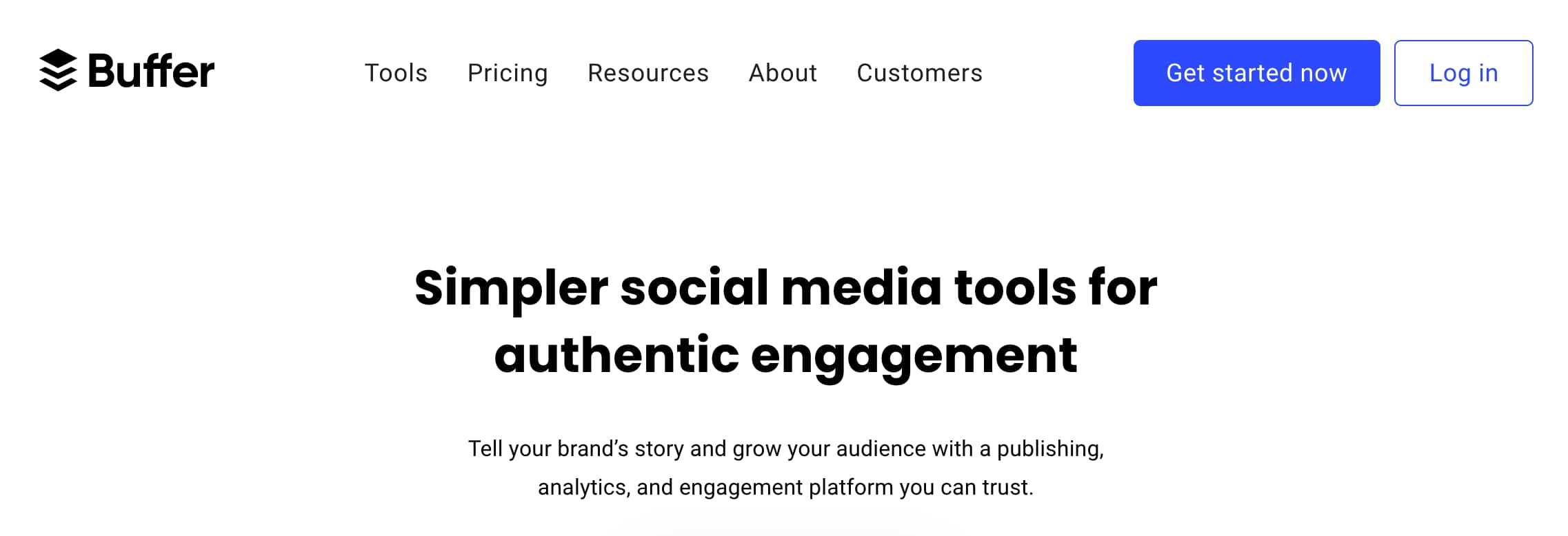A guide to creating product positioning statements (+ 5 examples to inspire your own)

.png)

.png)
You introduce an innovative new SaaS product into the market. You know it’s excellent, your team knows it’s a game-changer, and you’ve convinced your non-technical but very supportive family members that it’s going to take the SaaS world by storm.
But now it’s time to market and actually sell your product. How do you explain what’s unique about your product to your target audience? What should you say to help your potential users understand the value your product offers? It all boils down to having a clear and concise product positioning statement.
A good product positioning statement explains what you do. A great product positioning statement explains how you solve your target audience’s pain points and why they should choose your product over your competitors. Altogether, it keeps your marketing efforts aligned with your brand and your product’s value proposition.
A product positioning statement is a short description of your target market and the product you provide to them. It’s an internal tool that keeps all teams at your company in sync about how they should communicate your product’s value to users. Your marketing department will reference your product positioning statement when creating campaigns, while sales representatives on your team will use the statement as a foundation for discussions with prospective customers.
A comprehensive, thoroughly researched, and well-crafted product positioning statement keeps your company in alignment with how you want your target audience to perceive your product and, more widely, your brand.
While your product positioning statement does reflect your overall brand, it’s not the same as a brand positioning statement. A product positioning statement is a way to speak about your product’s value to consumers, while a brand positioning statement communicates your brand’s value to the market.
For example, Spotify’s brand positioning centers around the company as a leader in the audio streaming movement, while the positioning for its product Anchor tells consumers that the product makes recording, distributing, and monetizing podcasts seamless.
.jpeg)
People often use the terms “product positioning” and “brand positioning" interchangeably, especially when talking about a brand with just one product offering. But even if your brand has a single product now, it’s still important to make a distinction between your product offering and your brand’s overall mission.
No product positioning statements are exactly alike in structure, but here’s a template to get you started:

This one-sentence template is just a starting point. As you write your own product positioning statement, feel free to expand upon this framework. Just make sure to keep your statement short. The goal is to boil down your ideas to get to the core of your product. If your statement is longer than five sentences, you’ve probably gone too far.
Even though a product positioning statement is relatively short, it still requires some research. To fill out the above template for your product and create a statement that’ll help you attract your ideal user, you have to be clear on the following:
Our template just provides you with the building blocks to craft a comprehensive product positioning statement. You know your product best, so exercise the freedom to construct a statement that’s memorable and aligned with your product and brand identity.
Just make sure that you can back up the points you make in your statement. If your product fails to live up to your statement’s claims, you’ll end up with disappointed customers.
Product positioning statements are typically kept under wraps within a company and not shared with the public. So using the template we outlined above, we’re going to imagine that we’re a part of the product teams at five of our favorite SaaS companies. Based on what we know from each company’s public-facing brand positioning, we’ll show you how we would write each brand’s product positioning statement.
Here’s the template we used to craft each hypothetical product positioning statement:
[Your product’s name] is the [market category] that provides [benefit that sets your product apart from the competition] for [target user group] who [need/want X solution].

Based on the above information, here’s the hypothetical product positioning statement we crafted:
For busy professionals (Reclaim’s target user) looking for a way to take control of their seemingly unmanageable agendas and, in turn, increase productivity (user needs), Reclaim.ai (product name) is the smart calendar assistant (market category) that gives users more time in their week to tackle their most important priorities. Reclaim.ai takes care of the tedious task of schedule organization by automating the most stressful parts of time management, all within a user’s existing calendar (distinct benefit).
This statement differentiates Reclaim.ai from its competitors by highlighting that it's a solution that works within users' existing calendars. Busy professionals (its target users) don't have to worry about figuring out and managing a new tool.

Mental health needs are personal and should be handled in a safe space, even when the support is given online.
Based on this focus, we crafted a product positioning statement that emphasizes that Talkspace provides its users with a safe environment to receive support regardless of the issue for which they need support.
Talkspace (product name) is an online therapy service (market category) that connects people seeking quality mental health services (user needs) with trusted therapists and immediate access to self-help tools—all within a safe, virtual environment. Talkspace’s online platform makes access to mental health support more affordable for individuals living with a wide range of needs and allows members to connect with board-certified mental health professionals via phone, text messages, or live video chat (distinct benefit).
To highlight Talkspace’s position in the market, the positioning statement we created had to emphasize important factors that the platform’s target audience seeks. With this in mind, we made sure to include mentions of Talkspace’s relationship to vetted and qualified healthcare professionals to highlight the safe environment Talkspace provides for its users. We also mentioned the different communication channels that members can use to access the platform—this calls attention to the convenience and accessibility of the platform.

Buffer’s brand positioning centers around the idea that the social media management tool is a less complex alternative to similar products. With that information in hand, we imagine Buffer’s product positioning statement looks a little something like this:
Buffer (product name) is the social media management application (market category) that helps brands grow their online audience outside of spreadsheets and within one seamless tool (user needs). Buffer provides users with simple tools to schedule and publish content and manage the engagement on all of their social media accounts from one platform (distinct benefit).
With this statement, Buffer is positioned as the easy-to-use, all-in-one social media management platform for brands. This statement keeps Buffer’s teams aligned with the target user by highlighting their primary goal—growth.

Product analytics tool Amplitude does a great job of differentiating itself from its competitors in its public-facing brand positioning. By mentioning quantitative data about its users, the brand also demonstrates that it’s all about data and analytics.
Taking cues from how Amplitude positions itself externally, we came up with a possible positioning statement for the product intelligence tool:
Amplitude (product name) is the premier product analytics platform (market category), offering companies all over the world the product intelligence tools they need to scale (user needs). Used by “over 40,000 digital products,” Amplitude helps users increase product adoption by providing “user behavior” insights that help teams “build engaging experiences (distinct benefit).”
Amplitude’s external messaging suggests to potential clients that it’s a first-rate product. We followed Amplitude’s lead in our version of its positioning statement and highlighted the fact that it’s a widely adopted product instead of mentioning specific features that are unique to the product.

Based on the messaging above, we crafted a positioning statement for Writer that sets it apart from other well-known writing assistants on the market.
For teams that care about clean copy and perfect grammar (user needs), Writer (product name) is a first-rate AI-powered writing assistant (market category) that helps keep the brand voice aligned across all forms of content. Unlike Grammarly Business, Writer allows teams to create and whitelabel custom styleguides and also checks that brand-specific terminology is used correctly and consistently (distinct benefit). Writer also guarantees users unmatched security as it never stores content after it’s processed (distinct benefit).
This positioning statement covers all the necessary bases, like target user group and benefits. It goes beyond our statement template by framing the product as the better alternative to a product most users are familiar with—Grammarly.
A product positioning statement is a living document that should evolve alongside your product. As you update your product with new features and improve its functionality, revisit your positioning statement. Update it to more closely reflect your current market and further differentiate your product from your competitors, both old and new.